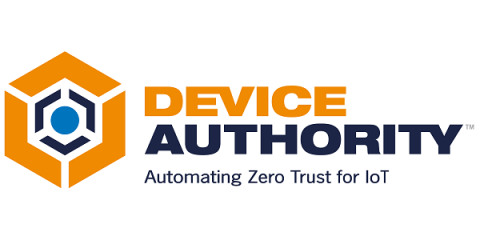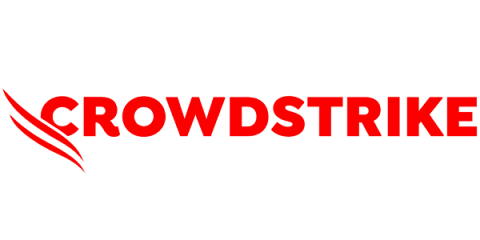What is Data Theft? 8 Tips & Tricks to Prevent Losing Your Data
Data theft is a major cybercrime whose growth has been fuelled by rapid digital advancements in recent years. It involves the illegal storage or exfiltration of data or financial information. This can include passwords, algorithms, software code, proprietary technologies, or other sensitive data. To help you better protect your organization against data theft, this article will discuss what data theft is, how it occurs, and how you can prevent it.









